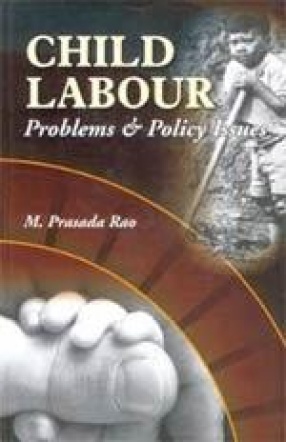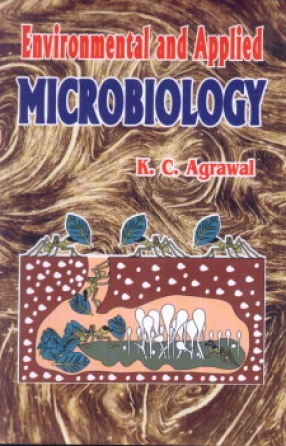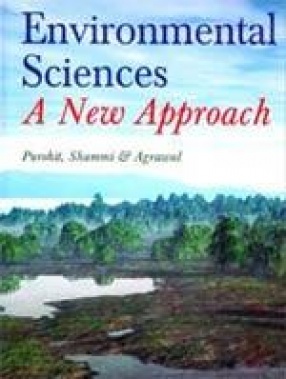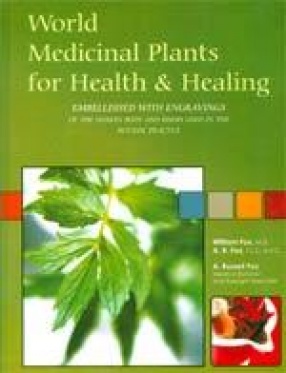This book seeks to test ‘distress diversification’ against ‘growth linkages’ to explain the propensity of rural people to be involved in rural non-farm employment as a primary income source. This is done through (a) district level and (b) household level regressions of the total proportion of rural non-farm employment (RNFE) and RNFE share by sub-sectors in Andhra Pradesh (AP), India. AP has India’s highest, and rising, age/gender-specific and overall work-force participation rates, especially female and child. These rates coexist with a rising percentage of rural workers in agriculture (in contrast to all-India) and with a smaller share of RNFE in the rural workforce relative to all-India. These facts appear to be linked to AP’s unemployment (higher, rising faster, than elsewhere). The central hypothesis is: “there are two sorts of RNFE, traditional and modern. A high traditional RNFE share (and its growth) is associated with distress diversification. A high modern RNFE share (and its growth) is associated with rural growth linkages from agricultureâ€. Using district level data, the analysis reveals that variations in irrigation, farm size, literacy, urbanization, commercialization, infrastructure and poverty are significantly associated with variations in RNFE. Household level primary data collected for 2 villagers in 1993-94, also reveals that a range of demographic and economic variables are associated with inter-household variations in RNFE, some of which coincide with those identified in the inter-district analysis. They include: farm size, education, farm output, caste, migration in, seasonality, skills, poverty, household head’s age, and family size. Case studies of individual households reveal that RNFE often faces financial problems for working capital, insufficient earnings, and inability to cope with technological changes. The data analysis supports the hypothesis that growth linkages are the main explanation for high shares in, and the growth of, ‘modern’ RNFE, and distress diversification for ‘traditional’ RNFE. It also demonstrates a strong, significant association between traditional RNFE and low literacy and modern RNFE and high literacy. Government self-employment schemes as well as the development of agricultural infrastructure, e.g. irrigation, and improvements in rural educational standards are therefore policies likely to accelerate the growth of RNFE shares.

Rural Non-Farm Growth: Sign of Farm Success or Failure?
In stock
Free & Quick Delivery Worldwide
reviews
Bibliographic information
Title
Rural Non-Farm Growth: Sign of Farm Success or Failure?
Author
Edition
1st ed.
Publisher
ISBN
8183870090
Length
xx+392p., Tables; Notes; Bibliography; Appendix; 23cm.
Subjects






There are no reviews yet.